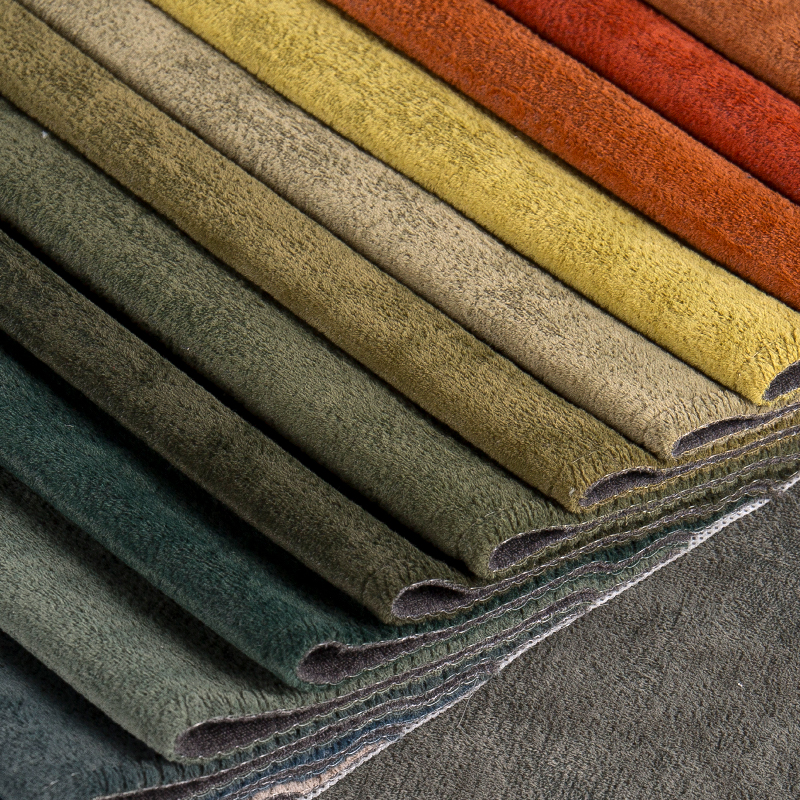Mar 27, 2025
The choice of bronzing foil composition—aluminum-based or pigment-based—significantly impacts both the appearance and wear resistance of polyester bronzing fabric. Here’s how these two types compare:
Aluminum-Based Foils:
Provide a high-gloss, mirror-like metallic finish with strong reflectivity.
Offer a more vibrant and pronounced metallic effect, making them popular for luxury fashion, decorative textiles, and accessories.
Available in a wide range of metallic shades (gold, silver, copper, holographic).
Can create a cooler, sharper shine, making patterns and designs more visually striking.
Pigment-Based Foils:
Have a softer, satin-like sheen compared to aluminum foils.
Offer more color variety, including matte and pearlescent finishes, making them ideal for subtle or pastel-toned designs.
Allow for a more natural blending with the fabric, providing a smoother and less reflective surface.
Can mimic non-metallic effects, such as leather or textile-like textures, for unique design applications.

Aluminum-Based Foils:
More prone to cracking, flaking, or peeling under frequent bending or stretching due to their rigid metallic layer.
Less resistant to abrasion, which may cause the foil to wear off in high-friction areas.
More vulnerable to oxidation and color degradation if not properly coated or sealed, especially for outdoor or prolonged-use applications.
Requires additional protective coatings to enhance longevity in textiles subject to repeated washing.
Pigment-Based Foils:
Offer better flexibility and elasticity, reducing the risk of cracking or peeling on stretch fabrics.
More resistant to abrasion compared to aluminum foils, making them suitable for high-contact surfaces (e.g., upholstery, activewear).
Generally more durable against washing and dry cleaning, as the pigments integrate better with the fabric.
Less prone to color degradation since they do not rely on metallic oxidation for their effect.
Aluminum-Based Foils:
High-end fashion, evening wear, and decorative textiles requiring intense shine.
Promotional materials and branding (e.g., logos, lettering, and prints on fabric).
Accessories and interior textiles where rigid structure is not a concern.
Pigment-Based Foils:
Everyday fashion, sportswear, and home textiles that require flexibility and durability.
Upholstery and high-contact applications where abrasion resistance is important.
Sustainable or eco-friendly textiles since non-metallic foils often have fewer environmental concerns.
Aluminum-based foils provide superior shine but are less durable under mechanical stress.
Pigment-based foils offer better wear resistance and flexibility, with a softer and more versatile finish.
The choice depends on whether aesthetic brilliance or longevity and comfort is the priority for the fabric’s intended use.